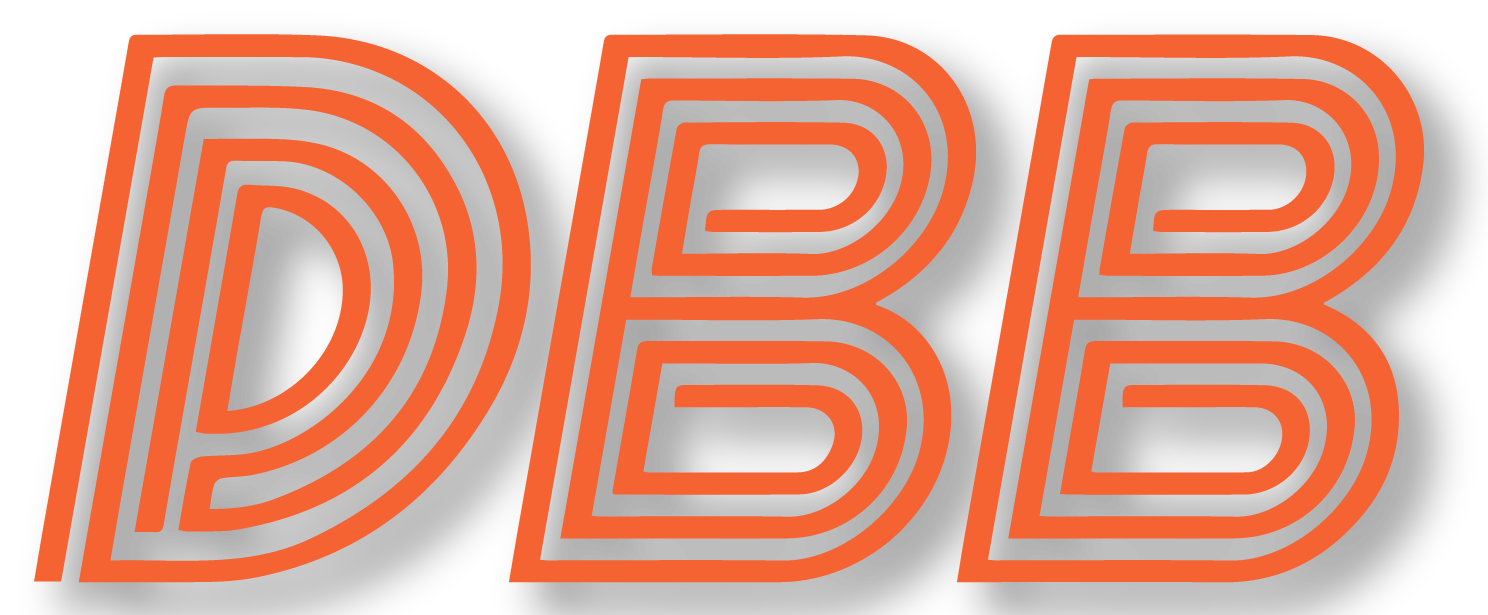Note: thanks to Butch for the cool new header picture
Free agency is settling down, so now is a good time to take a look at where the Bears’ roster currently stands. This will give us a better idea of what minor free agency moves should still be made and where the draft attention should focus for the first few rounds.
Let’s start with a rough depth chart, followed by a few quick thoughts. This is just my estimate of what a depth chart could look like, don’t read too much into details like Roy Robertson-Harris being above Jonathan Bullard, or anything like that.
Reflections, in no particular order:
- The Bears currently have 65 players under contract. They’re scheduled for 7 draft picks, and will likely sign a few more cheap veterans, but there’s going to be plenty of room to fill out the roster with undrafted free agents after the draft. Expect them to bring in at least 15 of them, and thus it’s no surprise that they’ve been meeting with several players projected as possible UDFA targets, including Jonah Trinnaman and Jarvion Franklin.








